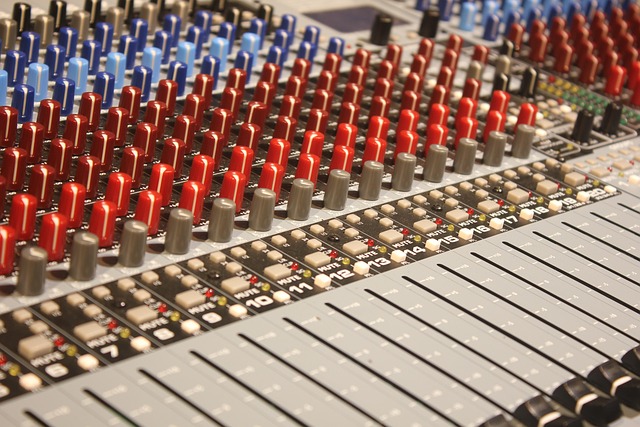In the world of audio recording, whether you’re a passionate audiophile or simply someone who enjoys a good movie night, the concept of metadata plays a crucial role in enhancing your home cinema experience. Imagine sinking into your favorite recliner, the lights dim, and your screen aglow. But it’s not just about what you see; it’s about what you hear and how all elements come together harmoniously.
Metadata, often seen as a technical term, is essentially the information that describes and contextualizes your audiovisual files. Think of it as the invisible thread that ties every element of your home cinema room together. From the audio tracks that envelop you in sound to the video that captures your attention, having well-organized metadata can significantly improve your viewing and listening experience.
When you record audio for your home cinema, it’s not merely about the sound captured; it’s about how that sound interacts with other elements of your setup. With detailed metadata, each audio file can contain crucial information such as bit rate, sample rate, and even the specific instruments used in a score. This allows you to curate your playlists with precision, ensuring that when you hit play, you’re enveloped in a world where sound and picture coexist seamlessly.
For instance, if you’re setting up a movie night, the metadata embedded in your audio files can help your system recognize the best formats and optimize playback settings. When the explosive moments in a blockbuster action film hit, you want your audio system to deliver crystal clear sounds, with booming bass and highs that make the hairs on your arms stand up. Quality metadata ensures your system can tap into the potential of your recorded audio, maximizing the impact of every carefully crafted scene.
In addition, as you build your home cinema library, maintaining impeccable metadata organization helps avoid the frustration of sorting through endless files. Imagine searching for that perfect soundtrack or recalling the exact moment in a film when the music enhances the experience. With proper tagging and information management, you can navigate through your collection effortlessly, leading to less time searching and more time enjoying what truly matters.
Moreover, in today’s age where streaming and digital media thrive, understanding and utilizing metadata becomes even more essential. When you stream content, the metadata included ensures that your audio and video not only sync flawlessly but also adapt to your environment, enhancing your overall experience. A well-structured metadata framework allows for seamless adjustments, ensuring that your cinema room sounds just as good as the directors intended.
In conclusion, while the ambiance of your home cinema room is incredibly important—think plush seating and dimmed lights—the often-overlooked metadata holds the key to unlocking a superior audio experience. As you embark on your audio recording journey, remember that great cinema experiences go beyond visuals; they encompass sound design, organization, and detailed metadata that together create a world of immersive entertainment. Whether you’re watching a classic film or hosting a modern sci-fi night, let metadata lead you down a path where every audio nuance can be appreciated in its full glory.



